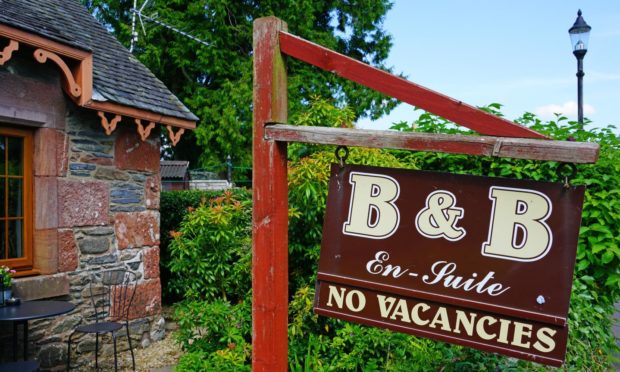Tourism, recreation and transport businesses around the UK – some of those worst affected by Covid-19 – enjoyed the sharpest month-on-month output growth of any industry sector in May, new figures show.
The latest Bank of Scotland (B0S) UK Recovery Tracker has 11 out of 14 sectors reporting faster output growth last month, up from nine in April, as Covid-19 restrictions eased.
Consumer demand is pushing the UK’s economic recovery forward.”
Scott Barton, Lloyds Bank Commercial Banking
Tourism and recreation sector firms saw the sharpest rise – to a tracker reading of 62.4, from 51.9 in April, with any figure above 50% signalling growth – as hotels, pubs and restaurants around Britain cashed in on a release of pent-up consumer demand.
The transport sector – which includes bus and rail operators, as well as logistics services – delivered a reading of 63.2 last month, versus 53.5 in April.
Output from every sector monitored by the tracker grew for the second consecutive month in May.
But healthcare growth slowed to 52.5 from 58.5, making it the worst-performing sector monitored by the tracker for the first time since April 2019.
BoS says job creation hit pre-pandemic levels, with all 14 sectors reporting headcount growth in May and the tourism and recreation sector recruiting for the first time since January 2020.
Manufacturers reported the strongest rate of job creation, with firms increasing their workforces to meet rising international demand for goods.
Every sector reported a sharp rise in input costs during May, with the rate of inflation for manufacturers hitting a 29-year high.
All 14 sectors increased their prices in May, with chemicals and metals and mining producers increasing charges the most.
Worst-hit sectors outpacing others
Jeavon Lolay, head of economics and market insight, Lloyds Bank Commercial Banking (LBCB), part of BoS parent Lloyds Banking Group, said: “When we look at the pace of growth, sectors that have been acutely affected by Covid-19 restrictions are now outpacing sectors that have been able to operate more freely during lockdown.
“There’s no denying that the economy is now on a much sounder footing.”
Scott Barton, managing director, corporate and institutional coverage, LBCB, added: “May’s results show consumer demand is pushing the UK’s economic recovery forward.
“It’s particularly encouraging to see the performance of tourism and leisure businesses improve again.”
Aberdeen Energy Transition Zone gets £26m funding boost
New fund opens for island communities to aid ‘green economic recovery’
Self catering industry requests snubbed by Scottish Government

